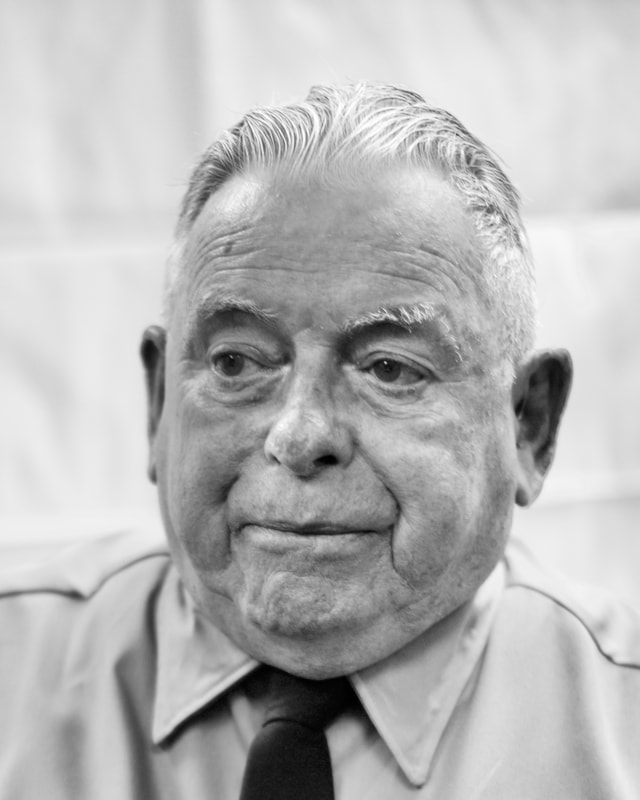SGT Howard “Sarge” Thiele
523rd Transportation Company
8th Transportation Group
Cha Rang Valley Vietnam and US 1964-1987
523rd Transportation Company
8th Transportation Group
Cha Rang Valley Vietnam and US 1964-1987
Sarge Thiele was born in New Jersey in 1947. He had four sister and his father was a gunner on a B-17 in World War II. He enlisted in the Army in 1964 at the age of 18 and in September of 1966 found himself on a boat to Vietnam. “Rumors were rampant, and we didn’t know what was going to happen.” It took 30 days to get to Vietnam.
Sarge described his arrival in Vietnam; “There was no place to dock so they sent us over the side of the ship like in World War II and then put us in landing craft to take us ashore. We didn’t know what to expect so we camouflaged our faces and loaded our weapons. We were scared to death. We thought we were going to have to fight our way onto the beach like in D-Day. When we got there, we saw all of these people sitting on the beach in bathing suits drinking cokes. Boy did we feel stupid.”
Sarge became a truck driver. They carried assorted supplies from the port cities of Qui Nhon and Cam Ranh Bay inland to the US troops. “We called it beans and bullets.” Truck transportation was the most cost-effective method to move supplies, but it was also the most dangerous. The North Vietnamese were constantly trying to disrupt the supply operations to keep the fighting troops with no supplies.
On his first deployment he drove a 5-ton cargo truck throughout he Central Highlands on Highway 19. The supply convoys averaged 50 trucks with the faster trucks following the slower trucks to push them along. The roads were unpaved, full of switchback and the maximum speed was in the range of 10-12 mph. The convoys were sitting ducks for enemy ambush, and they called their route Ambush Alley. The convoys lacked sufficient armor plating and mounted machine guns.
On his second tour which began in January 1968 they decided to make a gun truck. They put armor plating on it and mounted M60 machine guns and 50 caliber machine guns and ultimately a gatling gun. While this gave the convoys badly needed ability to defend themselves, it made the gun trucks the primary target of the enemy. In August of 1968 Sarge was seriously wounded when the truck he was driving hit an anti-tank mine and the explosion ripped through the floorboards of his truck. His friend pulled him from the truck and helped get Sarge onto a medivac helicopter.
Sarge returned to the US and retired from the Army but remained active in the reserves. He was married and had three children. For a while he was an MP in the reserves and worked in law enforcement but was laid off in 1973. He then rejoined the Army and moved into the Air Defense area. He retired in 1987 and moved to Florida. Sarge is remarried and lives with his wife near Brevard, North Carolina where he remains active as the Commander of the Honor Guard through the local American Legion Post. “It’s fun and has lots of camaraderie. It’s just like being in the service.”
Sarge described his arrival in Vietnam; “There was no place to dock so they sent us over the side of the ship like in World War II and then put us in landing craft to take us ashore. We didn’t know what to expect so we camouflaged our faces and loaded our weapons. We were scared to death. We thought we were going to have to fight our way onto the beach like in D-Day. When we got there, we saw all of these people sitting on the beach in bathing suits drinking cokes. Boy did we feel stupid.”
Sarge became a truck driver. They carried assorted supplies from the port cities of Qui Nhon and Cam Ranh Bay inland to the US troops. “We called it beans and bullets.” Truck transportation was the most cost-effective method to move supplies, but it was also the most dangerous. The North Vietnamese were constantly trying to disrupt the supply operations to keep the fighting troops with no supplies.
On his first deployment he drove a 5-ton cargo truck throughout he Central Highlands on Highway 19. The supply convoys averaged 50 trucks with the faster trucks following the slower trucks to push them along. The roads were unpaved, full of switchback and the maximum speed was in the range of 10-12 mph. The convoys were sitting ducks for enemy ambush, and they called their route Ambush Alley. The convoys lacked sufficient armor plating and mounted machine guns.
On his second tour which began in January 1968 they decided to make a gun truck. They put armor plating on it and mounted M60 machine guns and 50 caliber machine guns and ultimately a gatling gun. While this gave the convoys badly needed ability to defend themselves, it made the gun trucks the primary target of the enemy. In August of 1968 Sarge was seriously wounded when the truck he was driving hit an anti-tank mine and the explosion ripped through the floorboards of his truck. His friend pulled him from the truck and helped get Sarge onto a medivac helicopter.
Sarge returned to the US and retired from the Army but remained active in the reserves. He was married and had three children. For a while he was an MP in the reserves and worked in law enforcement but was laid off in 1973. He then rejoined the Army and moved into the Air Defense area. He retired in 1987 and moved to Florida. Sarge is remarried and lives with his wife near Brevard, North Carolina where he remains active as the Commander of the Honor Guard through the local American Legion Post. “It’s fun and has lots of camaraderie. It’s just like being in the service.”

